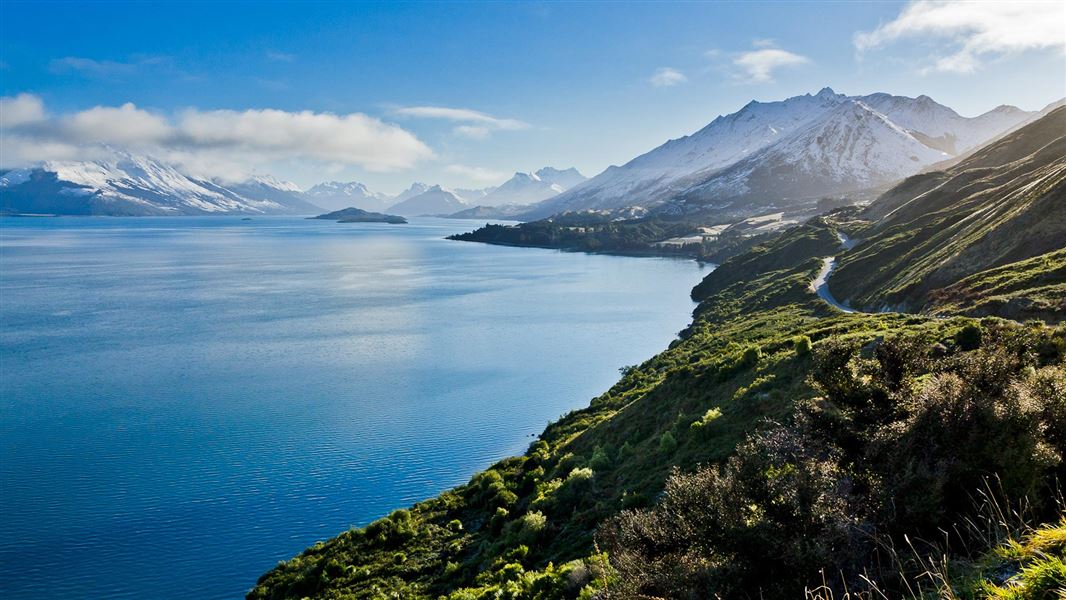
Located in the Otago region
Introduction
The Queenstown area has some of New Zealand’s most spectacular scenery and natural features.The region has a rich history of both gold mining and settlement. Several walks follow goldfield trails that enable you to explore and enjoy the outstanding scenery at the same time.
The Queenstown area was a location for Ithilien camp and the Argonath on the Anduin River - see Lord of the Rings film locations.
Brochures
Seasonal restrictions
All year round fires and fireworks are strictly prohibited in the ‘red zone’ determined by the Queenstown Lakes District Council. For details about the ‘red zone’ see Queenstown Lakes District Council's permit webpage.